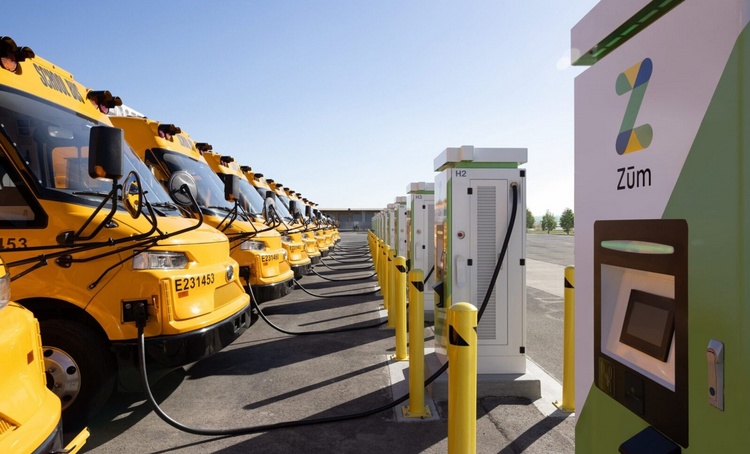May 17 NEC Energy News
¶ “South Australian Teams With California On Clean Energy Ambitions” • The state governments of South Australian and California have signed an agreement that will see them work together on transitioning to clean energy and integrating renewable energies, including green hydrogen, into their respective grids. [pv magazine Australia]

¶ “China Sparks Radiation Leak Fears With Nuclear Reactors Plot In The South China Sea” • The US military has issued a warning about China’s reported work to develop floating nuclear reactors in the South China Sea, raising concerns about regional security and environmental risks. The risk of any radiation leaks is also a serious concern. [Daily Express]
¶ “Offshore Wind Could Create 770,000 South Korean Jobs” • The construction of offshore wind farms could introduce over 770,000 job opportunities in South Korea, a Global Wind Energy Council report shows. South Korea’s goal is 14.3 GW of offshore wind capacity by 2030, which would require investments of 87 trillion won ($64 billion). [reNews]
¶ “Zum Provides First US School District with 100% Electric V2G School Bus Fleet in Oakland” • Zum announced that Oakland Unified School District will be the first major US school district to have a 100% electrified school bus system with vehicle-to-grid technology. Zum is providing a fleet of 74 electric school buses and bidirectional chargers. [CleanTechnica]

¶ “Sublime Systems Is Leading The Transition To Low Carbon Cement In Boston” • Sublime Systems, a spin-off from MIT, is focused on reducing the carbon emissions from making cement. On May 16, 2024, it announced the first commercial application of its low carbon Sublime Cement™ is being used for the indoor public space of One Boston Wharf. [CleanTechnica]
¶ “India To Add 14.5 GW Of PV Per Year In Fiscal 2025 And Fiscal 2026” • India Ratings and Research said it expects India’s annual renewable capacity additions to remain at 15 GW to 18 GW in fiscal 2025 and fiscal 2026. It said 75% to 80% of India’s annual installations, or up to 14.5 GW, will come from solar and around 20% from wind. [pv magazine International]
For more news, please visit geoharvey – Daily News about Energy and Climate Change.
